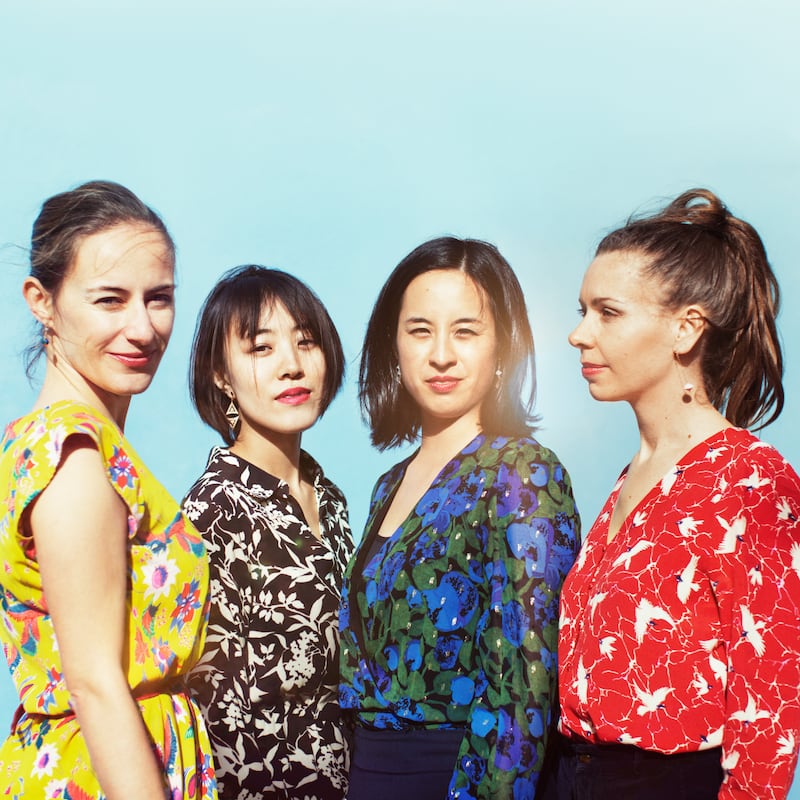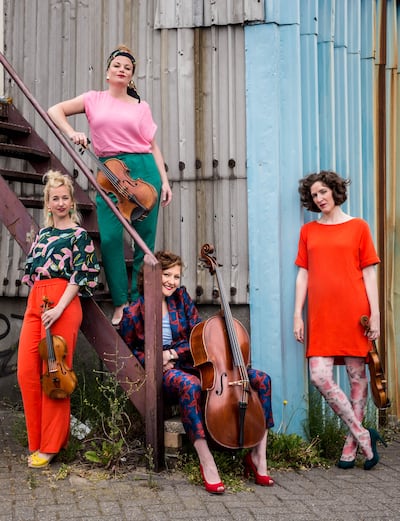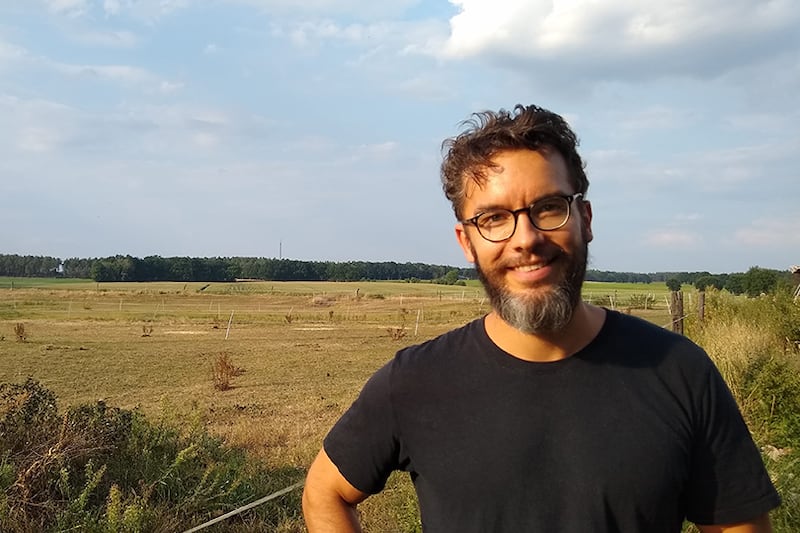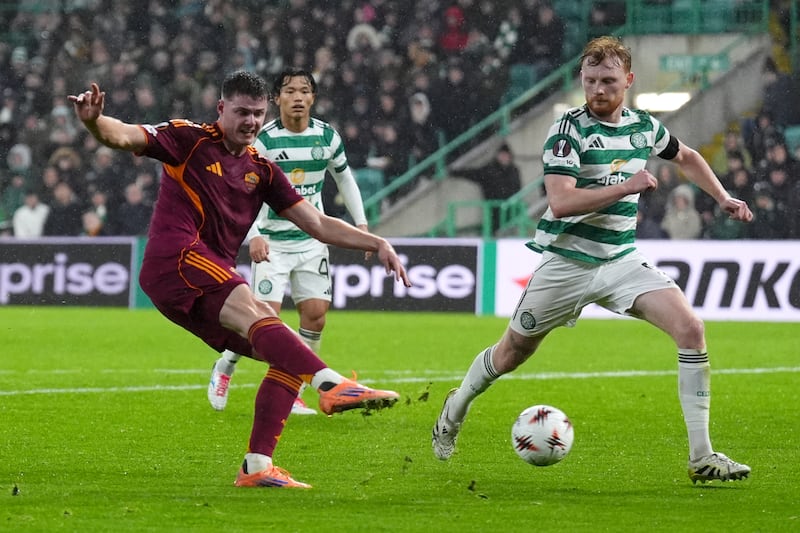Within the world of classical music the string quartet holds a special high ground. Goethe is remembered for his description of listening to a quartet as being like hearing four intelligent people engaged in a conversation. Both the easy to and fro and the tensions of good conversation are certainly found in a huge proportion of the string quartets that Goethe could have known. And the medium has the reputation of drawing the very best out of composers, enticing them to reveal their most personal thoughts. Late Beethoven, Schubert’s Death and the Maiden quartet, Bartók, Janáček, Shostakovich: take your pick.
On the other hand string quartets, like orchestras, do have second fiddles, a description that in everyday conversation is anything but flattering. Quartet leaders always sit at the front of the group, with the other players arranged according to communal taste and inclination. Leaders often get most of the glamour, too, not just in how composers write for them but also in how audiences respond.
So how do you become the first violinist and leader of a quartet? It’s a question I put to the leaders of two of the string quartets playing at this year’s West Cork Chamber Music Festival, an event that is really a kind of chamber-music shrine, with quartets situated in its inner sanctum.
It’s amazing the experience in playing in a string quartet, especially the resonance you find in your body
— Violinist Carole Petitdemange, leader of Quatuor Ardeo
The French violinist Carole Petitdemange says that when she was small her parents signed her up to a course where she had to express herself with her body through music. Her physical responses suggested a real connection, and the conservatoire was suggested. When asked what she wanted to play, she said piano, because it was the only instrument she knew. That class was full. Her mother asked, “Violin? Cello?” She took the first, passed an ear test and was enrolled. “I chose violin,” she says, smiling, “but not because I had any special feeling about it. That came afterwards.”
RM Block
In her early teens Petitdemange still hadn’t heard about string quartets, but she found herself having an urge to play with other people – not in an orchestra so much as in a smaller group. “So I started playing sonatas, trios, sextets, whatever I could play in.”
“We started the string quartet Quatuor Ardeo in 2001 in Paris,” she says, “at first because in your studies you had to perform a string quartet.” She laughs. “We started with something really easy-going, no pressure. It just grew and grew. It’s amazing the experience in playing in a string quartet, especially the resonance you find in your body.

“We were really lucky. Early on we had this amazing teacher, and he would let us play for maybe one hour on one chord. Until we were ... not in tune but balanced. This was the beginning of love for me. You are always searching for tuning. Okay. But tuning is not the problem. The real problem is balance. When a chord is balanced, suddenly the place you are starts to move. It’s a feeling I can only get in string quartets. Not in trios, not in quintets. Really, just in quartets. It’s an amazing feeling. Perfect balance.”
There’s a similar effect in playing the piano; Petitdemange recalls how surprised she was when she heard her piano-playing husband discussing this. “It’s really amazing, really rich, what you can do, even with a piano.” She takes full ownership of the word “even”.
Her first ambition was to lead a performance of Schubert’s Death and the Maiden quartet. “I wanted to ... touch this kind of spiritual music. For me it’s very human but very spiritual at the same time. It was clear I wanted to play first violin. So we started like this and I really loved it. When you are leader you can really create energy. When you are first you really are giving the cue for so many things.”
The group’s then second violinist, Olivia Hughes, was deeply into works of the classical period, and historical instruments and playing styles. Everyone in the group wanted to learn from her, so the two violinists decided to swap roles depending on the repertoire. The division was quite clear. Classical and early romantic repertoire on the one hand, middle romantic up to contemporary on the other.
A change in membership brought a change in approach. When Mi-Sa Yang joined, the role-sharing continued, but now on a case-by-case basis. There is a downside, says Petitdemange. “My other colleagues have had to learn two ways of playing. Even if you usually play second, when you are the first you move, you breathe differently. Everyone really has to get to know the new gestures, the body language. On the positive side I think it really brings flexibility. You are open to anything, you are prepared to do anything. There’s no more second and first, it’s just two ways.”

And that negative undertow about second fiddle? “As a leader you bring the energy to take control of the group. As second you need energy to fit into the group. I love both, personally. I know someone who says, if you are the perfect second violin, no one will say anything to you. If you are not perfect, everyone’s going to say that was not good. It is a little bit like that.”
The Dutch musician Rosa Arnold is the founding first violinist – she doesn’t like the word “leader” – of the Ragazze Quartet since 2011. Strange as it may sound, she came to the violin, aged five, not because of parental or personal drive but because her best friend wanted to play. “The music school was not in our village but in a town further away. The teacher in the music school said if we could find about five or six little kids, we could start up a class in our village.”
Her friend’s mother canvassed, and because “a girl on our street played the violin, I thought, Why not? In the end I was the only one of her friends to join. So we ended up having to go to the town after all!” Arnold didn’t come from a particularly musical family, but she liked the violin so much that she never had to be asked to practise.
Her teacher always had pupils working in ensembles, some of the older ones even in a string quartet. “What I liked so much about it, what I was intrigued about, was the repertoire, and also I had the feeling that ensemble playing was more intimate and more intense.” She asked to play in a quartet, and her wish was granted. “So the Ragazze Quartet was founded when I was 16 years old. I’m the only original member left at the moment. That’s how it began.”
Being a first violinist, ‘I have to be really clear in what I want. Because often the melody is in my shoes. As a second violinist, I guess, your quality has to be that you provide something for the melody to shine’
— Rosa Arnold, first violinist of Ragazze Quartet
She sees the quartet as an ensemble of equals and guesses that her position as first violinist was probably just her teacher’s choice. As a member of the Ragazze Quartet she has never played second. Being a first violinist, she says, “I have to be really clear in what I want. Because often the melody is in my shoes. As a second violinist, I guess, your quality has to be that you provide something for the melody to shine. It’s also to inspire and give space.”
She sees “a thin line between really knowing what you want and leading. But on the other hand you also need to let yourself be carried, and not to be too dominant. It’s an interesting balance.”
The greatest reward, she says, comes when “there is this feeling of a lift-off and the ensemble starts to fly. Then there’s no effort any more. Things just seem to be going by themselves, and there’s a very special energy in the hall, between us, the music and the audience, a kind of chemistry, where I experience really a feeling of freedom. That’s very, very special, and, unfortunately, it doesn’t happen at every concert.” Petitdemange speaks similarly about “being in the zone”.
I ask both players about their biggest surprises in quartet playing. Arnold mentions a magical, light-bulb moment sight-reading Haydn as a student – “we were completely knocked off our feet” – and the experience of a Kronos Quartet workshop at Carnegie Hall in New York. “David Harrington, the first violinist, apparently liked our Philip Glass interpretation, and he said, ‘Oh, maybe Phil’s in town. I’ll just give him a ring.’ The next day we were playing for Philip Glass.”
Petitdemange recalls an incident that highlights the peculiar connectedness of string-quartet players. “One day at rehearsal the cellist started to play, and I thought, She’s pregnant. And she was! The sound was quite different.”
West Cork Chamber Music Festival runs in Bantry, Co Cork, from Friday, June 23rd, until Sunday, July 2nd





















